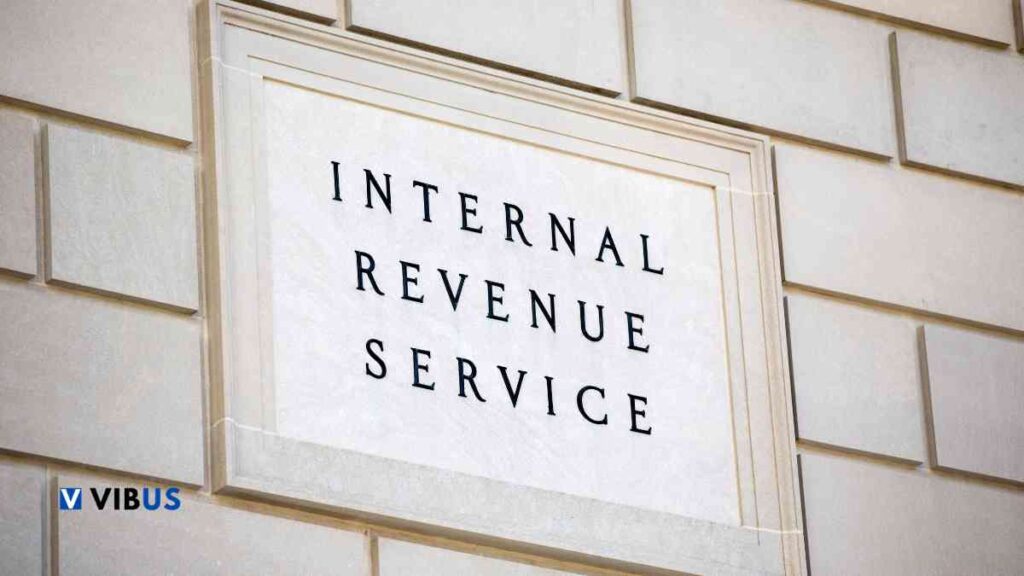The effectiveness of fiscal policies and their implementation from IRS has always been a topic of debate in the United States, particularly when it comes to fairness in tax burdens.
Recently, an audit by the Treasury Inspector General for Tax Administration revealed several findings pointing to significant shortcomings in the way the Internal Revenue Service handles audits of high-income taxpayers.
Context and Evolution of IRS Audit Policies
Historically, the IRS has been under pressure to ensure that all taxpayers, regardless of income, meet their tax obligations. In 2020, the Treasury issued a directive requiring the IRS to audit at least 8% of all individual income tax returns exceeding $10 million. This measure aimed to reinforce trust in the tax system and ensure that wealthy individuals contributed fairly.
For three fiscal years, the IRS met this directive. However, a recent review showed that since the Inflation Reduction Act was enacted in 2022, the agency has shifted focus to meet a new Treasury directive.
This latest directive aims to increase audit rates for taxpayers earning over $400,000, due to previous audits proving unproductive, resulting in high no-change rates—cases where no significant errors or inconsistencies were found in the reviewed returns.
Audit Results: A More Productive Approach
Findings from the Inspector General’s audit suggest that targeting audits at ultra-high-net-worth individuals, specifically those earning $10 million or more, has been significantly more effective.
Between 2016 and 2021, the IRS’s Small Business/Self-Employed Division assessed over $574 million, averaging $124,389 per return in this income category, yielding a considerably higher return per hour compared to audits of incomes over $400,000 but under $10 million.
The Large Business and International Division also reported that its pre-2020 case selection methods resulted in higher productivity compared to the post-directive methods.
Exams conducted before methodological changes generated nearly six times more revenue per adjustment for returns of individuals earning $10 million or more compared to subsequent periods.
Recommendations and IRS Response
In light of these findings, the Inspector General has recommended that the IRS establish a separate category for taxpayers earning $10 million or more.
This would allow for specific monitoring and analysis of audit productivity for this segment compared to other income levels. Additionally, identifying potential causes of low audit outcomes and taking steps to more effectively select returns for examination is suggested.
The IRS’s response to these recommendations has been partially positive. The agency acknowledged that it already classifies taxpayers by various income levels and has taken steps to identify causes of low-productivity exams. However, it disagreed with comparing specific income levels.
Long-Term Implications and Future Strategies
The debate on how to improve the efficiency of tax audits continues. Recent efforts by the IRS to modernize its technology and increase audit staff, supported by funding from the Inflation Reduction Act, are steps toward a more effective and equitable tax administration.
Moreover, the agency has managed to recover significant sums from high-income taxpayers who had evaded their tax obligations, underscoring the importance of maintaining and refining these audit strategies.
Adjustments to the IRS’s audit policies and practices are crucial not only for increasing tax revenue but also for ensuring the fairness of the U.S. tax system, demonstrating that all taxpayers, regardless of income level, are subject to the same rules and responsibilities.
As elections and legislative changes approach, it will be essential to continue evaluating and adjusting these strategies to optimize resources and maximize benefits for the tax system and society at large.
